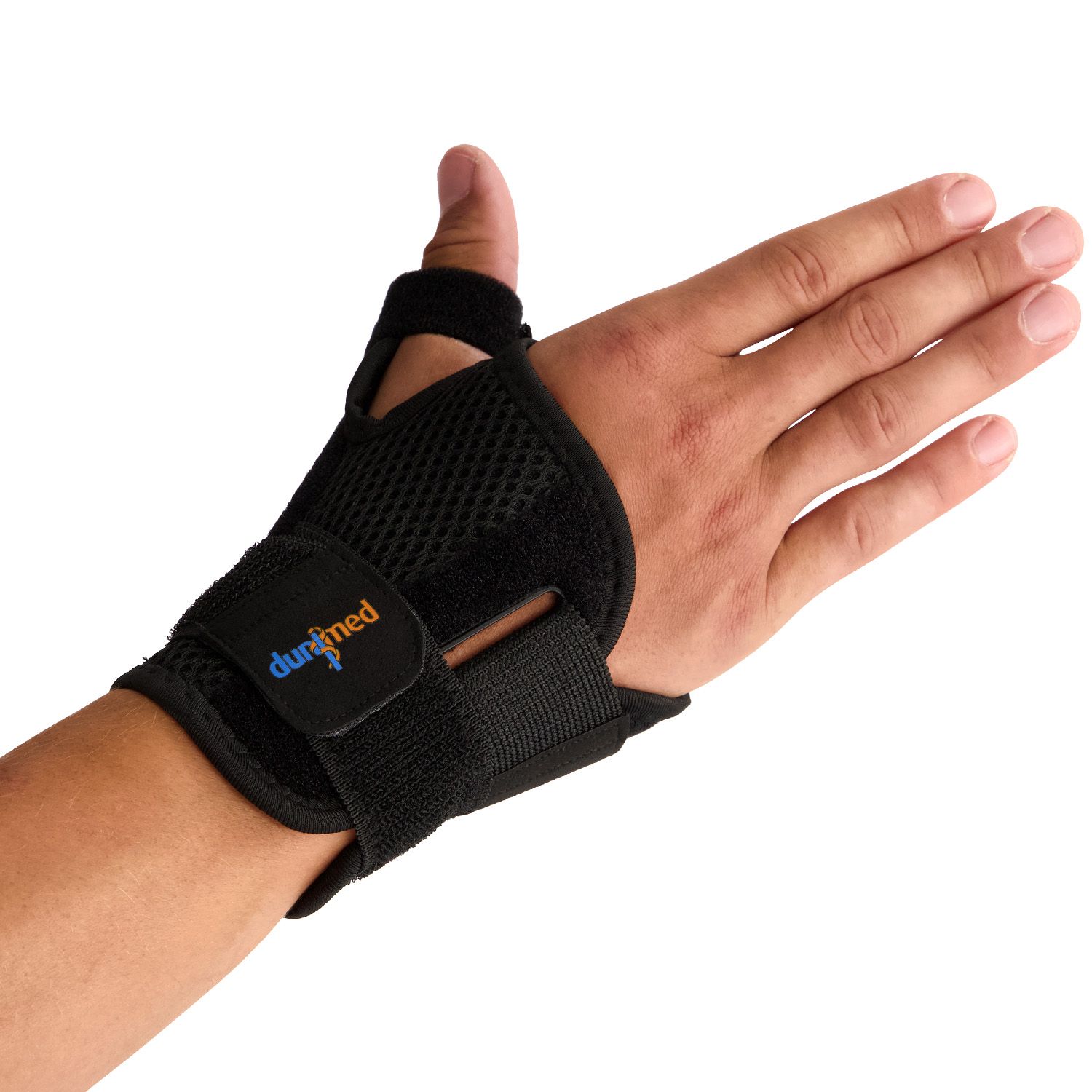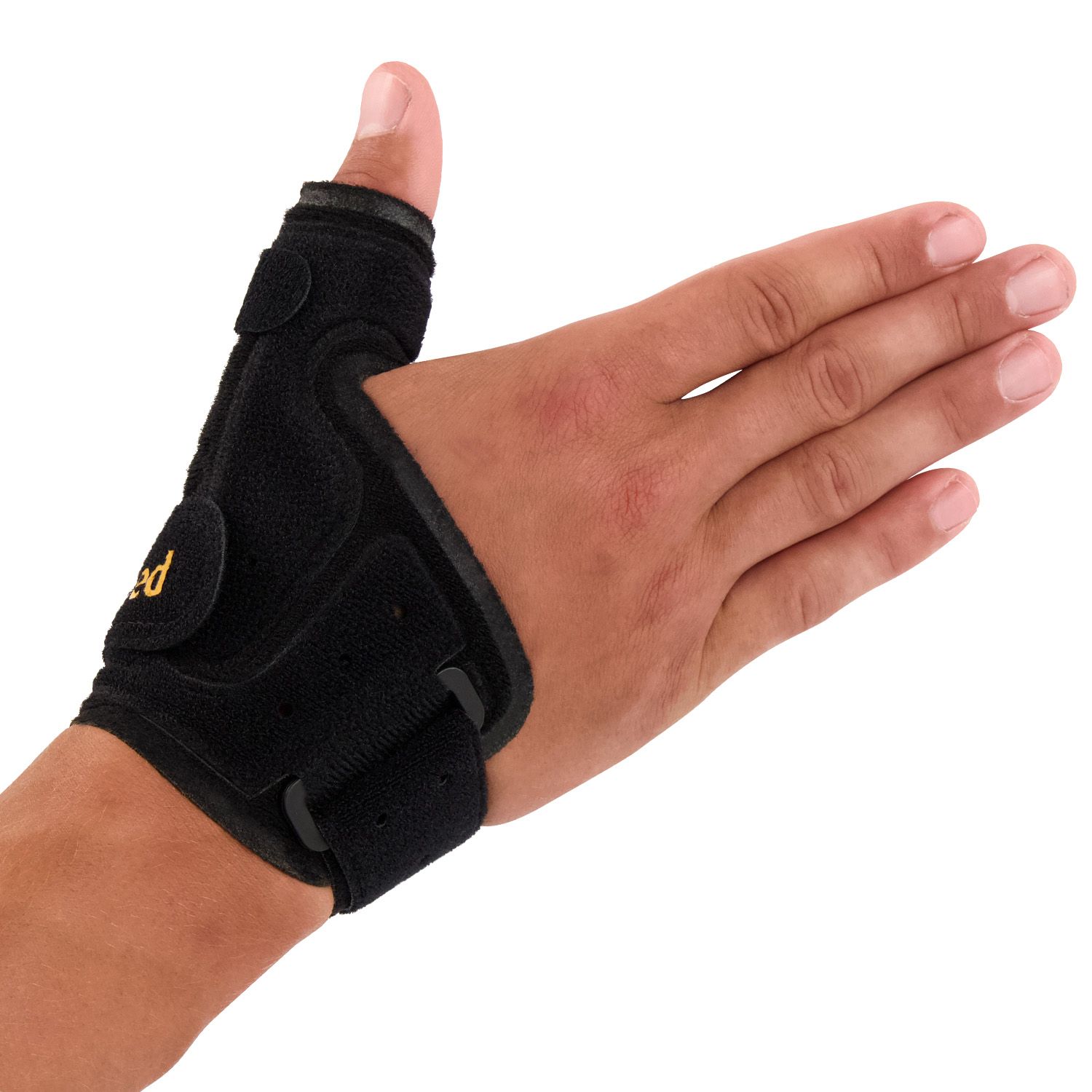Minor to Severe Instability
An unstable thumb is a troublesome condition that affects many people. Fortunately, there are several things you can do to reduce the symptoms. Read on to learn more:
What is an unstable thumb?
With an unstable thumb, you may feel pain at the base of the thumb or have the sensation that it is slipping out of place. This is also known as thumb base instability. The joint capsule and ligaments of the thumb become loose, allowing the thumb to move in multiple directions more than normal. Your doctor will usually be able to quickly identify this type of instability. You may suffer from mild or severe instability. In mild cases, symptoms are less pronounced, whereas in severe cases, the thumb is much more flexible than normal and symptoms are more noticeable. Often, the cause is a minor accident, which is common because joint capsules are naturally somewhat loose.
What symptoms may occur?
With thumb base instability, you may experience:
- Difficulty gripping or holding objects
- The thumb partially dislocating regularly
- A nagging pain at the base of the thumb
- Worsening of symptoms during pinching movements
What tests are available?
Thumb base instability is usually easy to diagnose through physical examination. If there is uncertainty, additional tests such as X-rays or a CT scan may be performed.
What treatments are available for thumb base instability?
If the thumb has only dislocated, hand therapy may be sufficient to resolve the instability. This involves the use of a brace or splint along with exercises to strengthen the muscles. This approach is only effective in cases of mild instability. In more severe cases, surgery will be necessary. The goal of the surgery is to eliminate the instability and restore joint stability. A ligament is created using a tendon from the wrist, which is attached through a small drilled hole in the first bone of the thumb. This helps keep everything properly in place. After surgery, a cast splint is worn for some time, followed by a removable splint or brace for proper rehabilitation. Even in mild cases, you may choose to use a thumb brace to manage or prevent worsening of the condition.

Bauerfeind RhizoLoc Thumb Support
Protection level 2
Novamed Thumb Support / Wrist Splint

Super Ortho Thumb Support CMC

Dunimed Premium Thumb / Wrist Support

Dunimed Manu Thumb Support

Dunimed Thumb / Wrist Support (in Black and Beige)

- Physiotherapist
- Sports podiatrist
- Manual therapist
- Podopostural therapist
- Myofascial dry needling specialist


